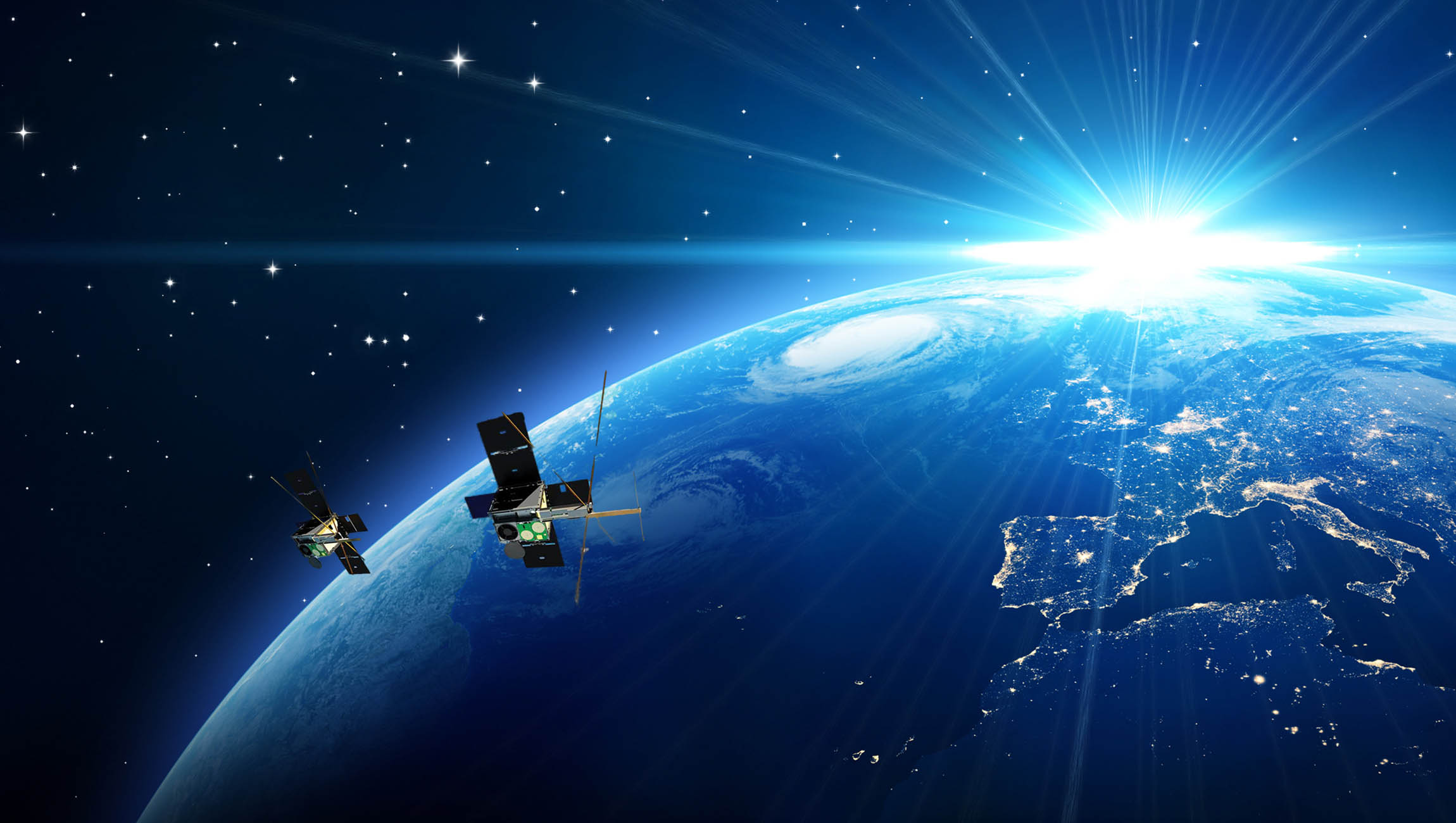UNSW Canberra Space launches world-leading CubeSats
UNSW Canberra Space’s M2 CubeSat satellites successfully launched with Rocket Lab’s ‘They Go Up So Fast’ mission from New Zealand earlier today, representing a significant step forward in Australia’s sovereign space capabilities.

